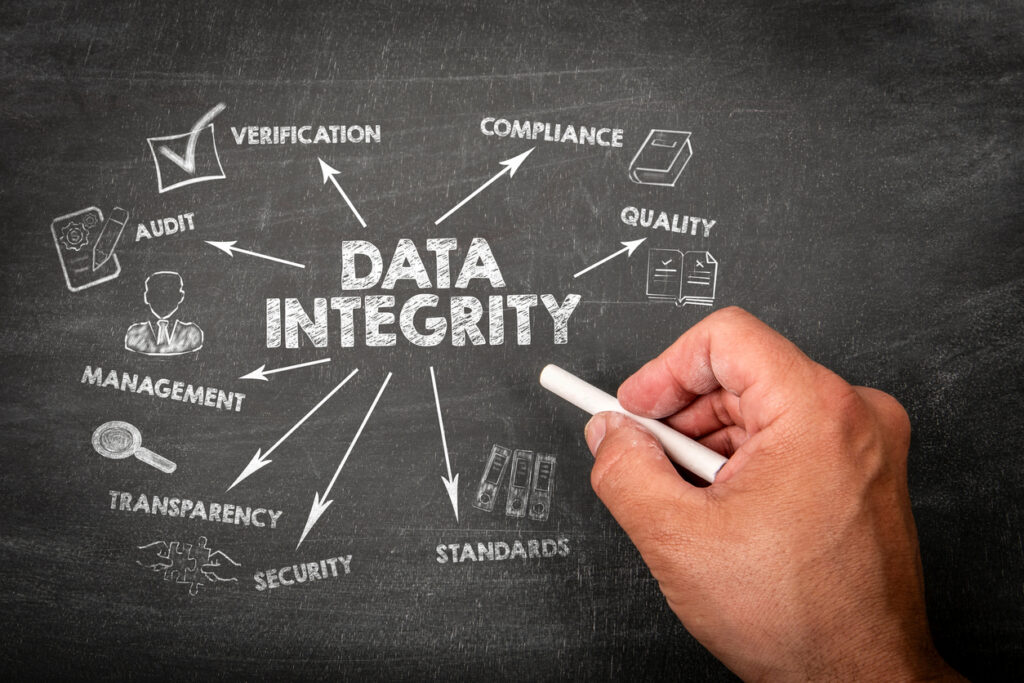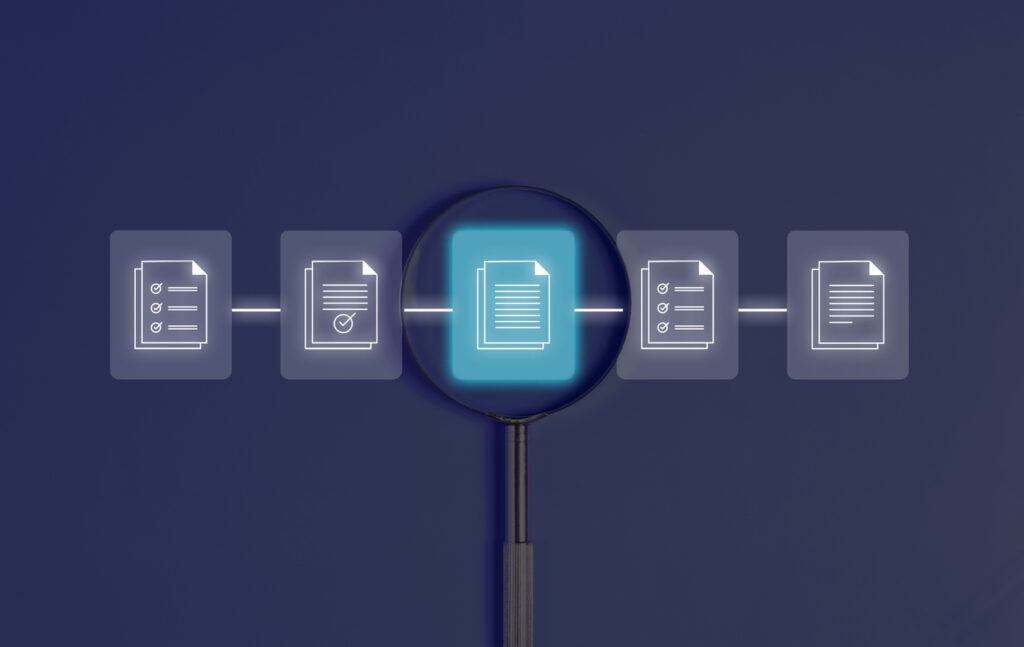By Rick Claar and Josh Emington
A component of critical importance in the Commercial Due Diligence (CDD) process is Customer Due Diligence (a detailed investigation of the target’s customer base). Customer Intelligence in the CDD realm applies a methodology known in the market research world as “Voice of Customer,” or VoC, which is important to understand and leverage when evaluating target acquisitions and their viability or upside.
The quality, connectivity and growth plans of a target’s customers have a significant impact on the value and future potential of a target company. Uncovering issues can save investors millions (in fees, purchase price, or avoiding an ill-suited deal). Long-form, real-time video and/or live (in-person or via telephone) interviews with customers are an excellent means to validate key assumptions about the quality of customer accounts.
Are some of the accounts on shaky ground?
What is the value of the customer relationships and contracts you are buying?
Is revenue at risk?
Are we able to detail the beliefs, feelings, needs, behaviors and likely plans of customers to provide an accurate view of the financial stability of company revenues?
Commonly applied across industry sectors—not just private equity—VoC research has proven to be an effective means of aligning a target’s offerings with the needs and preferences of its end-user customers—new and existing.
Diving Deep to Extra Precious Data
Common methodologies for getting to the true Voice of Customer for a target or recent acquisition include both qualitative and quantitative components, such as:
- Customer Interviews – In-depth, expert-led discussions (in-person, online video, telephone, etc.) with a pre-approved discussion guide are used to uncover sensitive and helpful information with real-world customers in real time. These long-form interviews often last 30 to 60 minutes or longer and are rich, immersive instruments by which an interviewer can glean deep, interactive insights beyond what can be delivered in more structured survey instruments alone. Many B2B transactions rely heavily on such discussions with decision makers and buying committees alike, as well as end-user-type customers.
- Customer Survey Research – Online survey research with customers and customers of competitors provides high-volume reliable analytics that outreach the limit and scope of the one-to-one tactics mentioned above. An instrument is developed, along with a delivery method, prior to a research team programming, hosting, quality controlling, and executing the survey, later analyzing survey results. This is a particularly strong fit for target companies with a high number of customers, B2C brands, and those with sophisticated customer data practices already in place.
- Lost Order Analysis (LOA) – Recently departed accounts and customers also have a story to tell—an important one. Discussions with customers that have opted to in-source or to switch to a competitor often offer material insight into any potential performance or satisfaction issues that need to be investigated further before a substantial investment is made in a target. It is not uncommon for a LOA assessment to result in direct feedback that allows sales or management to rectify one or more relationships, reuniting the account with the target (winning back revenue).
Each time an investor commissions this type of Customer Due Diligence, the team uncovers important VoC details concerning the company’s customer base that can influence decision making, such as:
- Security of existing contracts, or lack thereof
- The overall stability of the target’s top revenue generators
- Satisfaction among key accounts (CSAT scores, including brand equity, NPS, growth plans, brand equity, and “stickiness” of customer relationships, etc.)
- Insights into customer concentration that may prove problematic—a common issue for lower-middle-market companies in niche sectors.
- Validation of the target’s growth outlook/forecast with respect to customer opinions, preferences, trends and so forth.
- Feedback- and data-driven customer retention strategies to be designed
- Security of supply attitudes and behaviors of key clients
- Discovery of unforeseen opportunities to increase “share of wallet”
- Clearer picture of the perceived Customer Experience, as experienced and expressed by the customers themselves
- Benchmarking and analysis of competitors through the customer’s eyes
- Analysis of cross-selling, upselling and promotional opportunities
- Knowledge on “Willingness to Pay”—valuable feedback to inform pricing strategies by testing customers’ inclinations relative to spending on a product or in a category.
- Selection criteria inputs and influencers of buying decisions. Who is in the ‘buying committee’ and what is their process for selection, switching, and security of supply?
- Development of Ideal Customer Profiles (ICP), which detail and define the characteristics of various buyer personas in order to improve targeting
- Time-bound action plans specific to the target’s customer base
Objectivity Matters
In Customer Due Diligence, an objective third-party strategic consultant brings independence, industry-specific expertise, and methodological rigor that internal teams, whether from the business or the private equity firm, often cannot match. Seasoned external consultants have no vested interest in deal closure, enabling them to deliver unbiased insights, probe difficult topics, and surface red flags without internal pressure or confirmation bias. Their neutrality enhances credibility with both investment committees and potential co-investors. It is also more appropriate for third-party consultants to compensate interviewees for their time because they do not have a buyer/seller relationship. This objectivity also allows the investor and target company to insulate their name from the conversation which reduces bias and significantly reduces issues related to questions of potential M&A activity on the part of the interviewee (no rocking the boat).
Moreover, experienced consultants bring tested frameworks, benchmark data, and access to proprietary research networks that elevate the quality and speed of findings. While management or deal teams may have strong relationships with customers or market familiarity, they often lack the time, structured approach, or research discipline to execute a comprehensive diligence effort under tight timelines. By contrast, a third-party expert can systematically validate value propositions, test growth assumptions, and uncover blind spots, creating a more robust investment thesis and reducing post-close surprises.
While that third-party objectivity is critical, as the party commissioning the Customer Due Diligence assessment the PE investor can expect to receive:
- Interview Transcripts: Written transcripts are available when customer contact information is permitted and the customers agree to a recorded long-form in-depth interview. These transcripts are a long-term gold mine for leadership as they seek to understand their audience and go-to-market. The full conversations provide a new and more intimate view of customers, how customers interact with the solution/market, and how customers view brands.
- Audio and Video: When approved by the interviewee, the interviewer can capture a recording or video of the discussion to be viewed in full and to capture a more complete understanding of the actual conversation.
- Fulsome Reporting: The summary of results includes conclusions and recommendations built by strategic consultants, along with a review of all the broad insights developed across each discussion guide theme. Reports will typically include charting to quantify the qualitative data collected, which is helpful in guiding decision making. When a quantitative approach is used to collect customer data, additional options for graphs and charting are unlocked.
- 100-Day Plans: When Customer Due Diligence is commissioned in collaboration with the sales team, the strategic consultant can also deliver a workable 100-day plan to effectively approach the market. These plans include tactics, segments, prospecting recommendations, and the like.
Branded, Blinded or Hybrid Approach?
In the Customer Due Diligence process, selecting the appropriate approach for interviews and survey research is a critical decision that can significantly influence data quality, response rates and the perceived credibility of findings. These may be:
- Branded
- Blinded
- Blended: Hybrid of Branded and Blinded
Each methodology carries distinct advantages and tradeoffs, requiring careful alignment with the diligence objectives and a thoughtful discussion with management stakeholders.
Branded Research
In a branded approach, the company’s name is disclosed to participants. This may be acceptable, if the PE investor has a strong relationship with the company to be acquired. The primary advantage of the branded approach is that it serves to foster credibility and trust: respondents may be more willing to engage in the conversation or survey more seriously, knowing the research is being conducted for a recognized company. Branded research can often yield richer qualitative insights, especially when participants feel they are contributing to a meaningful commercial or strategic initiative.
However, branding introduces potential biases. Customers or industry participants may skew their feedback—consciously or unconsciously—toward what they believe the sponsor wants to hear, especially if they see future business opportunities or fear repercussions. In sensitive markets or competitive situations, branding may also deter participation altogether. Of course revealing the sponsor may also introduce intelligence into a market that the sponsor would rather keep private.
Blinded Research
Blinded research, by contrast, does not reveal the sponsor’s identity, which is usually the preferred path, given that the PE firm may not have direct access to the management team at the company being acquired (even if the relationship between the two can be considered strong). In these instances, researchers are typically positioning the study as being conducted by an “independent third party” for “strategic purposes.” This method minimizes bias and tends to elicit more candid and neutral responses. It is particularly advantageous when trying to assess potential weaknesses, customer dissatisfaction, or competitive threats.
However, blinded research often suffers from credibility challenges; participants may be skeptical of the survey’s legitimacy or be less motivated to invest time in providing thoughtful responses when the sponsor is a nameless, faceless abstraction. Response rates can therefore be lower, and the richness of open-ended feedback may be constrained.
Hybrid Research
A blended, or “hybrid,” approach attempts to balance these somewhat competing dynamics, often starting with a blinded introduction but offering to reveal the sponsor’s identity partway through the conversation or upon request. Because of the sensitivities and tradeoffs noted in the “Branded Research” discussion above, a hybrid approach is typically only pursued when the relationship between the PE firm and target company is considered good and strong. Alternatively, a hybrid approach may selectively disclose branding to specific respondent segments—such as large strategic customers—where transparency is deemed critical.
Hybrid approaches can enhance participation while preserving much of the neutrality of feedback, but they require sophisticated project management and interviewer discretion. Missteps in disclosure can confuse respondents or raise unwelcome ethical concerns.
Important to Choose Wisely
Management teams—especially sellers in a diligence process—are often deeply sensitive to how research is to be conducted. (It’s not always the case that the PE will have the necessary access to management, of course, even if that close relationship exists between PE firm and target.) Branded approaches can trigger an alarm if sellers worry about tipping off customers, competitors, or employees to a potential transaction. Even in a blinded process, careless targeting of interviews (e.g., reaching out to too many customers or contacting them multiple times) can create the appearance of “spooking the market.”
It is vital to align with management early, not only to agree on the disclosure approach but also to carefully vet outreach lists, messaging scripts, and escalation protocols. This sensitivity extends beyond optics: management cooperation is crucial to ensure sufficient access to respondents and to avoid undermining trust between buyer and seller.
Making the choice between branded, blinded, and hybrid research approaches is not a technical detail—it is a strategic decision embedded with trade-offs about data integrity, market signaling, and stakeholder management. High-performing due diligence teams tailor their approach to the specific industry, deal dynamics, and sensitivity of the target’s relationships, balancing the need for truthful insights with the imperative to maintain discretion and goodwill.
Consider referencing this decision matrix summarizing the trade-offs among branded, blinded, and hybrid approaches in Customer Due Diligence research:

What to Expect: The Process
➡️ If and when we receive the customer list, the strategic CDD consultant will coordinate with the management team and the investor to identify any existing segmentation scheme, download existing knowledge and questions for certain companies, and to mark certain accounts as wish list or ‘must-engage’ accounts.
➡️ In many cases, a customer list is not made available due to lack of relationship between the PE firm and the acquisition target. In such cases, the CDD consultant must develop a customer list and potential customer list from the ground up.
➡️ Scoping and kickoff conversations allow for accelerated learning combined with document review and initial secondary research on the market.
➡️ These learnings are combined with successful previous templates to design a custom discussion guide for each major segment. The discussion guide creates a flow for the interviews that will cover and probe on each objective while guiding the interviewee through a series of topics. Here is just one representative sample of such a discussion guide.
➡️ The consulting team takes to their databases, spreadsheets, and others platforms to phone, email, and LinkedIn InMail customers to schedule conversations.
➡️ The conversations are conducted, recorded (if possible) and transcribed.
➡️ Fulsome reporting, summary, analysis and recommendations are delivered to the client, with a thorough presentation and detailed report.
Speaking the Language to Talk the Talk
Gaining meaningful insights into the Voice of Customer when conducting Customer Due Diligence requires more than just asking the right questions—it demands genuine credibility. That credibility comes from the research team having a long history of immersing itself in the target space, getting to know its key players, and establishing personal relationships with them, as well as being well-versed in the language of the industry. One must, indeed, both “walk the walk” and “talk the talk” in order to gain customers’ trust and earn that critical credibility.
In our experience, research participants open up more readily when they recognize that the person on the other end of the conversation truly “gets” their world. This isn’t something that can be faked; trust is earned through consistent engagement, informed dialogue, and a clear respect for the respondent’s expertise.
Over time, these connections evolve. Industry contacts begin to see researchers not just as data gatherers, but as informed collaborators who bring value to the conversation. This shift happens when researchers demonstrate fluency in the field’s terminology, an awareness of current trends, and a working knowledge of the challenges practitioners face.
The Martec Group prides itself on a commitment to getting this right. Whether conducting interviews, leading focus groups, or synthesizing findings, we are researchers who have taken the time to immerse ourselves in select niche industries and who can engage with customers and key players on a deeply meaningful level—particularly in a specialized sector like private equity, where depth of knowledge is both expected and respected.





